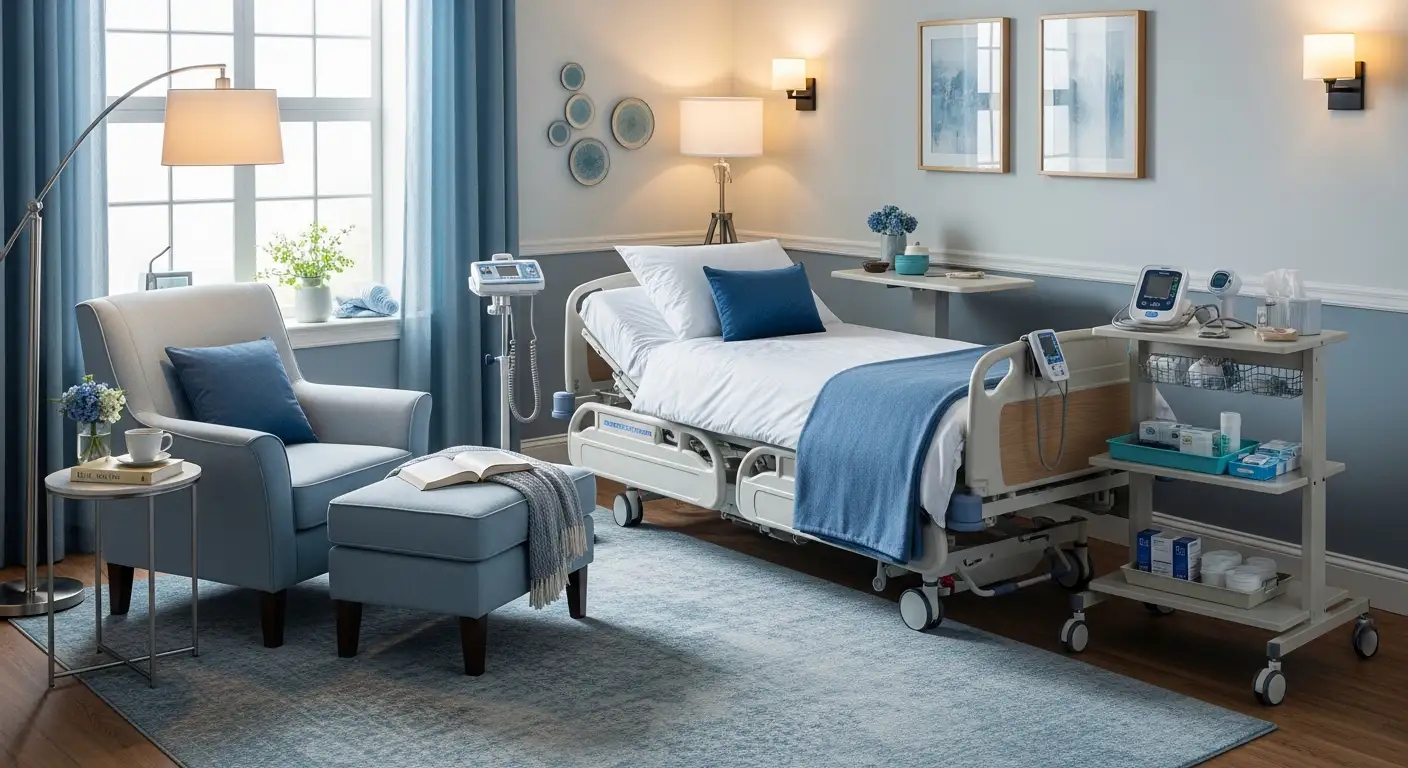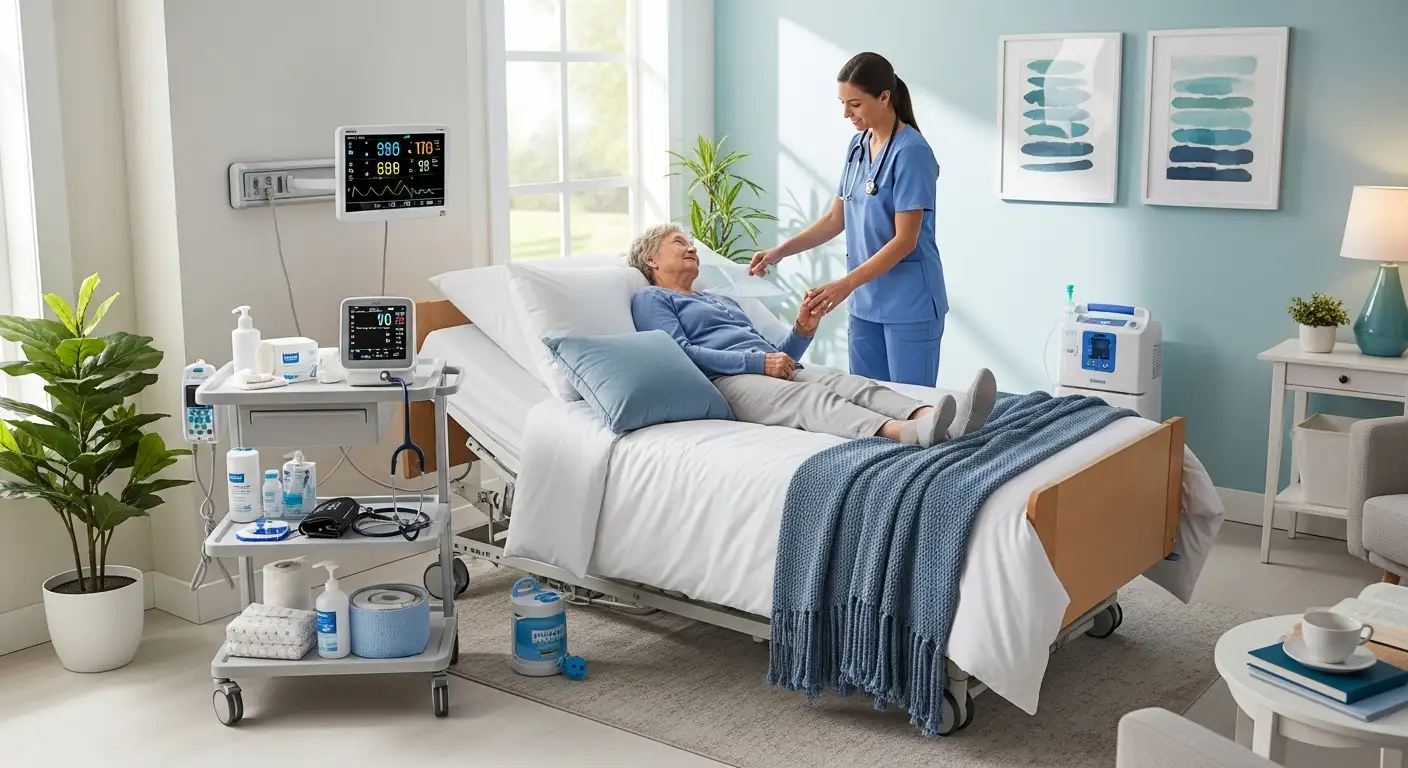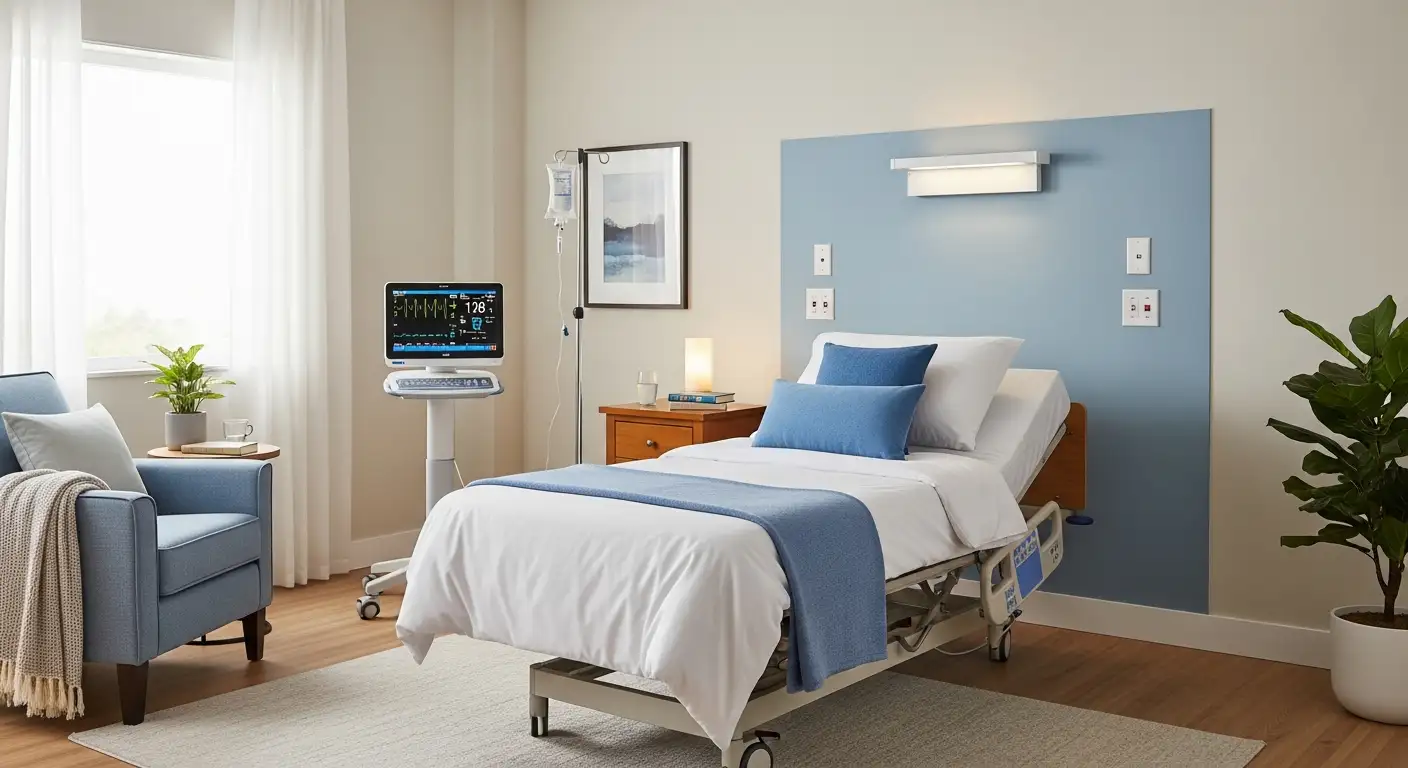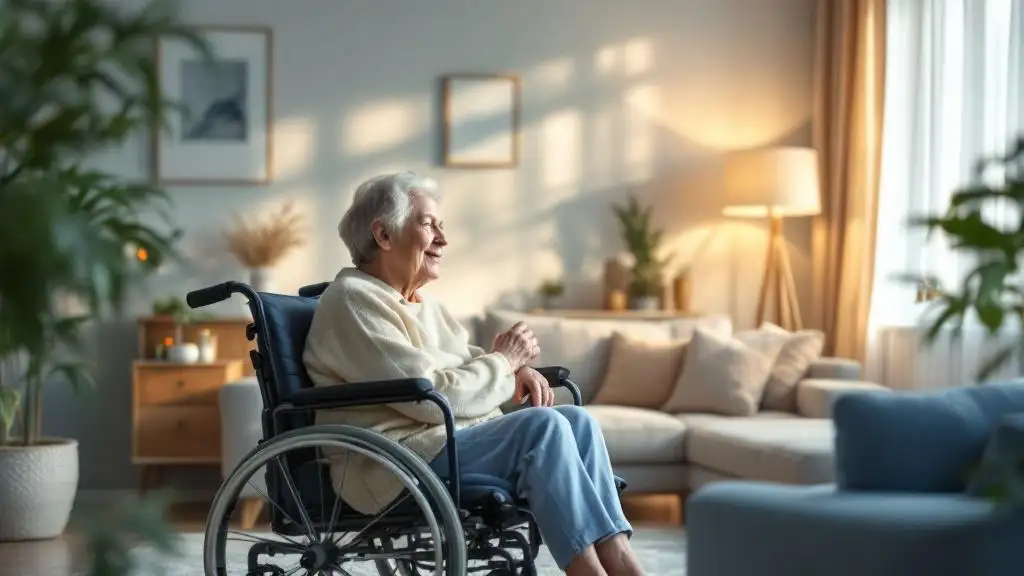How to Support Quadriplegic Seniors in Daily Living
Comprehensive Strategies to Enhance Daily Living for Quadriplegic Seniors

Understanding the Complex Needs of Quadriplegic Seniors
Supporting quadriplegic seniors in their daily lives requires a holistic approach that balances medical needs, emotional support, environmental adaptations, and community engagement. As individuals with spinal cord injuries age, their care becomes increasingly complex, demanding tailored solutions that promote independence, safety, and well-being. This article explores effective strategies, technological aids, home modifications, and resources designed to empower both caregivers and seniors, ensuring a dignified and fulfilling quality of life.
Addressing Core Daily Living Challenges in Quadriplegic Seniors

What are the common challenges faced by quadriplegic seniors in daily living?
Quadriplegic seniors encounter a multitude of daily hurdles, primarily due to limited mobility and loss of sensation below the injury site. They often depend heavily on caregivers for personal care routines such as bathing, dressing, grooming, and toileting. These activities require assistance because of impairment in motor function, increasing the risk of secondary health issues like pressure sores, respiratory infections, and complications related to bowel and bladder management. Accessing their environment and maintaining independence pose additional challenges. Home environments may need modifications to facilitate safe mobility, including ramps and widened doorways. The emotional and mental well-being of these individuals can also be adversely affected by social isolation, stress, and dependency. Therefore, a comprehensive support system involving medical care, adaptive aids, emotional support, and community engagement is vital for improving quality of life.
What are key considerations in managing health and daily routines for quadriplegic seniors?
Effective management of health and daily activities in quadriplegic seniors hinges on personalized care planning emphasizing prevention and support. Preventing pressure sores involves regular skin inspections, repositioning, and using specialized cushions or mattresses to reduce pressure points. Maintaining respiratory health is critical, especially for those with high-level injuries, with routine suctioning, monitoring for infections, and oxygen therapy as needed. Bladder and bowel management are tailored individually, often involving catheterization, bowel programs, and dietary adjustments. Ensuring access and safety within the home environment is achieved through modifications like ramps, grab bars, and non-slip floors, supporting mobility and reducing fall risks. Mobility aids such as wheelchairs and transfer devices, coupled with caregiver training, foster independence and safety. Regular physical exercises help improve circulation, prevent muscle spasticity, and maintain joint flexibility. Emotional support through counseling and social activities is equally important, promoting mental resilience.
How can caregivers support the independence and quality of life of quadriplegic seniors?
Caregivers play a pivotal role in enabling independence by assisting with daily tasks while promoting the use of assistive devices customized to each individual’s needs. Creating an accessible environment—free from hazards and equipped with safety features like grab bars, ramps, and adaptive furniture—supports self-reliance. Encouraging participation in social activities and hobbies counters loneliness and enhances emotional health. Fostering strong relationships with family, friends, and support groups provides essential emotional backing. Supporting health routines such as bladder, bowel, and respiratory care is crucial to independence. Educating seniors and caregivers about self-care techniques and assistive technologies empowers seniors to participate actively in their care. Overall, promoting autonomy not only improves physical health but also enhances self-esteem and overall happiness.
What assistive technologies and adaptive devices can aid daily activities and mobility for quadriplegic seniors?
Assistive technologies significantly extend the capabilities of quadriplegic seniors. Motorized wheelchairs, powered scooters, and transfer aids facilitate easier movement within and outside the home. Environmental control systems—like remote-controlled doors, lighting, and appliances—allow seniors to manage their environment independently. For communication, devices such as speech-generating software, voice recognition features, and hearing aids enable better interaction and connection. Adaptive utensils, dressing aids, and specialized tools assist with daily routines, making self-care tasks more manageable. Advanced technologies include sensory aids, various communication devices, and smart home integrations, all designed to increase autonomy. Integrating high-tech solutions with physical modifications creates a comprehensive support system that fosters independence and enhances safety.
How can home modifications improve safety and support for quadriplegic seniors?
Home modifications are fundamental in creating a safe, accessible living space. Installing ramps, widening doorways, and adding grab bars in bathrooms help prevent falls and facilitate smooth navigation. Using non-slip flooring and adjusting furniture height further contribute to safety and ease of movement. Accessible bathroom fixtures, such as roll-in showers and lowered sinks, support hygiene and independence. Custom adaptations should be guided by occupational therapists to meet individual needs, considering both current abilities and potential changes over time. Regular reassessment ensures the environment continues to support the senior’s safety, mobility, and comfort. In essence, thoughtfully planned modifications empower quadriplegic seniors to live more independently while minimizing risks.
What resources and support services are available for caregivers of quadriplegic seniors?
Caregivers have access to a spectrum of resources designed to ease their burden and improve the quality of care. Local and national programs such as home health services, respite care, and community support centers offer assistance with daily tasks and emotional support. Specialized caregiver programs, like those from the USC Family Caregiver Support Center and the Los Angeles Caregiver Resource Center, provide training, counseling, and assessment services. Online platforms such as CareNav facilitate case management and resource navigation. Support groups, both online and in-person through organizations like AARP or disability advocacy groups, foster emotional sharing and peer advice. Financial assistance through government grants, insurance benefits, and local agencies can help offset costs associated with medical equipment, home modifications, and personal care assistance.
What are best practices and practical tips for caregiving for quadriplegic seniors?
Effective caregiving involves establishing safe transfer and movement techniques, regular skin checks, and managing incontinence with dignity and hygiene protocols. Creating structured routines helps ensure consistency and security. Utilizing assistive devices and adaptive techniques encourages independence while ensuring safety. Caregivers should seek ongoing education and training, participate in support groups, and utilize respite services to prevent burnout. Building a trustworthy relationship with the senior, practicing honest communication, and respecting personal preferences foster a positive caregiving environment. Maintaining personal health and wellness of caregivers through proper rest, nutrition, and self-care is vital for sustainable support.
How can the emotional and psychological needs of quadriplegic seniors be supported?
Supporting mental and emotional health involves providing access to counseling or therapy tailored for individuals with SCI. Facilitating social engagement through community activities, support groups, and maintaining family ties combats loneliness. Encouraging meaningful hobbies, adaptive sports, and creative outlets can boost self-esteem and emotional resilience. Open dialogue about feelings and experiences helps reduce frustration and foster a sense of control. Care plans incorporating personalized activities and peer support are effective in promoting psychological well-being. Equally important is caregiver emotional support, ensuring that both parties maintain their mental health and capacity to provide compassionate care.
This comprehensive approach addresses the complex needs of quadriplegic seniors, emphasizing the importance of medical support, adaptive technology, home modifications, emotional health, and community involvement to foster a better quality of life.
Empowering Seniors and Supporting Caregivers
Supporting quadriplegic seniors in daily living is a multifaceted endeavor that requires a comprehensive understanding of medical, emotional, and environmental factors. By integrating assistive technologies, making thoughtful home modifications, fostering social connections, and offering specialized resources, caregivers can significantly enhance the independence and quality of life of seniors with paralysis. Continuous education, community engagement, and personalized care plans are essential in addressing the evolving needs of aging individuals with quadriplegia. Empowering seniors not only improves their well-being but also supports the caregivers who dedicate themselves to providing compassionate, respectful, and effective support. Through collaborative efforts across healthcare, community, and policy levels, we can build a more inclusive and supportive environment for all individuals living with quadriplegia.
References
- Caring for Quadriplegic Elderly Individuals: Compassion, Support ...
- Lifestyle changes of a family caring for a 25-year-old quadriplegic ...
- Personal Care Attendants for Spinal Cord Injury | MSKTC
- Support And Resources For Caregivers | Living With Paralysis
- Paraplegia and Quadriplegia Support | Warwick, RI - Right at Home
- Living With Paraplegia & Quadriplegia - Generations Home Care
- Things to Know About Aging and Spinal Cord Injury | MSKTC
- Unlocking Community: Navigating Life with Quadriplegia - 2025
- 21 Fun Activities to Do with Loved Ones with Quadriplegia
- [PDF] Quadriplegic Bedridden Patients Improving Activity of Daily Living ...



































































































